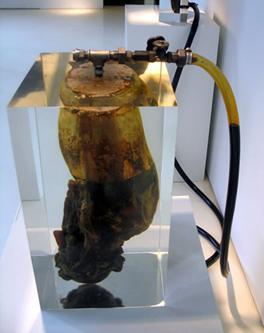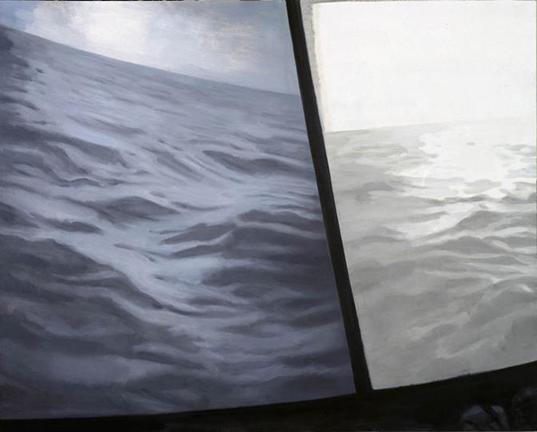The Artist Does Not Own His Interpretations: Hedvig Turai in Conversation with Zbigniew Libera
Hedvig Turai: Your best-known work is the Lego concentration camp set, but of course you did not start your artistic career with it, nor did you end it with that piece. Do you draw a distinction in your career “before” and “after” Lego?
Zbigniew Libera: Naturally, Lego was such an important piece that it divides my career into two parts. Lego brought me international recognition, and in this sense it really changed something. It is also very hard for an artist to have one of his works raise expectations very high. It becomes very hard to do any work after … Read more






